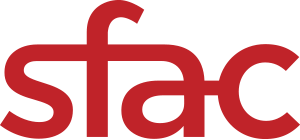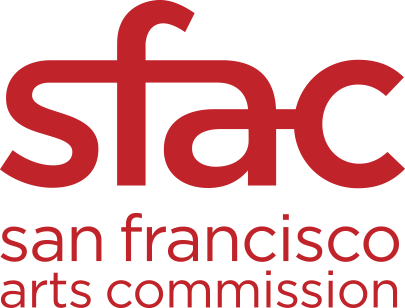Public Art Proposal Display
Proposals for Mission Creek Park Public Art Project
 The San Francisco Commission is conducting a review process to choose an artwork for Mission Creek Park, located near Oracle Park. The art opportunity will be focal sculpture or a series of sculptures located at the entrance of Mission Creek Park, where Channel Street meets Mission Bay Drive. The redeveloped park will be an extension of Mission Creek Park South, creating an additional 3.24 acres of recreational open space west of the Mission Creek Park Pavilion. The goal of the artwork is to be inspired by and responsive to the site, including its natural and physical landscape, history and use. Additionally, the artwork should have a visual impact from a distance, yet be integrated into the landscape and appropriate to the scale of the site. Three artists were chosen as finalists by a Selection Panel to create site-specific proposals; they are: Windy Chien, Rigo 23 and Adrien Segal,
The San Francisco Commission is conducting a review process to choose an artwork for Mission Creek Park, located near Oracle Park. The art opportunity will be focal sculpture or a series of sculptures located at the entrance of Mission Creek Park, where Channel Street meets Mission Bay Drive. The redeveloped park will be an extension of Mission Creek Park South, creating an additional 3.24 acres of recreational open space west of the Mission Creek Park Pavilion. The goal of the artwork is to be inspired by and responsive to the site, including its natural and physical landscape, history and use. Additionally, the artwork should have a visual impact from a distance, yet be integrated into the landscape and appropriate to the scale of the site. Three artists were chosen as finalists by a Selection Panel to create site-specific proposals; they are: Windy Chien, Rigo 23 and Adrien Segal,



 The Mission Creek Spinal Columns are monumental abstract sculptures representing key human constituencies who currently populate or have historically resided on this land, on these shores.
The Mission Creek Spinal Columns are monumental abstract sculptures representing key human constituencies who currently populate or have historically resided on this land, on these shores. Unflagging Presence - The California Grizzlies of Mission Creek is a sculptural tribute to the original wildlife present within the area known today as Mission Creek Park.
Unflagging Presence - The California Grizzlies of Mission Creek is a sculptural tribute to the original wildlife present within the area known today as Mission Creek Park. Serpentine Wave is a monumental sculpture made from layers of stacked stone-like composite materials that create a sinuous curved form. The research that lead to this monolithic sculpture is a composition of ideas all relating to the serpentine curve, as seen across human history, culture, geology, architecture and mathematics.
Serpentine Wave is a monumental sculpture made from layers of stacked stone-like composite materials that create a sinuous curved form. The research that lead to this monolithic sculpture is a composition of ideas all relating to the serpentine curve, as seen across human history, culture, geology, architecture and mathematics.
Opportunity For Public Comment
Please take a few minutes to review these artwork proposals to provide public comment. Public comments will be considered as part of the Final Review Panel meeting where the Panel members will recommend one proposal for implementation. The proposals are available online at sfartscommission.org/calendar, in the Public Art Proposal Display section. Comments may be emailed to sfacpublicartcomment@sfgov.org by Friday, January 3, 2022 at 5 p.m.
The Final Review Panel meeting will take place virtually on Tuesday, January 18, 2022, 9 a.m. – 1 p.m. and will be open to the public to attend. An agenda for the meeting will be posted 72 hours in advance on SFAC’s website under the Public Meeting section: sfartscommission.org along with instructions on how to join the meeting virtually. Please note that public comments do not constitute a vote.